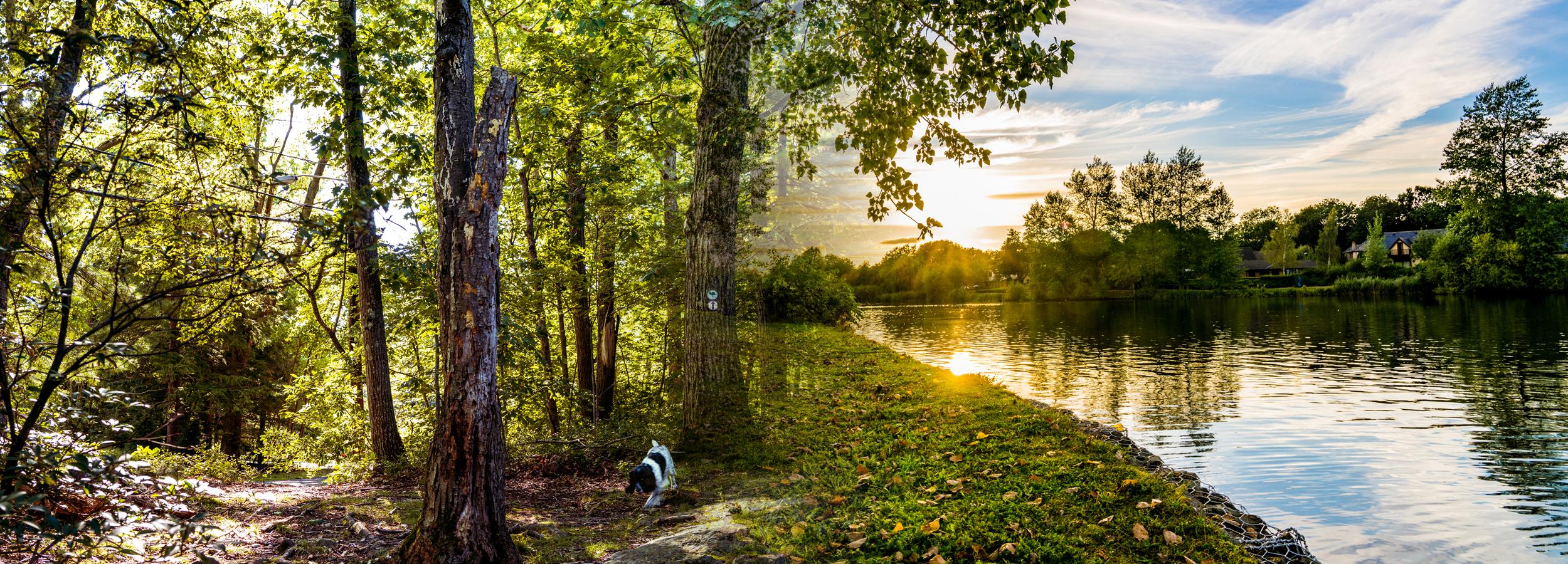Macomb County Parks and Natural Resources (PNR) is ready to partner with local communities to assist with specialized projects to maintain the health and welfare of our land and water.
- In 2015, The Lake St. Clair Cooperative Invasive Species Management Area (LSC CISMA) was formed, a partnership of local and state governments, nonprofits and property owners united in their goal to prevent, detect, and control priority invasive species. LSC CISMA operates within the boundaries of the vast, 2,100-square-mile, Lake St Clair Watershed.
- Macomb County is a member of the Huron to Erie Alliance for Research and Training (HEART) Freshwater Center, a network of agencies dedicated to the advancement of sustainable strategies that preserve and protect freshwater resources of the Great Lakes.
- PNR assists in helping communities secure grants to rehabilitate and improve their green spaces and waterways.
- PNR assists communities in developing and caring for their greenways, the open spaces near the banks of the Clinton River and its branches and tributaries. Some will be converted into parks, while others will simply restore the habitat along the banks of the waterways.
- Ongoing habitat restoration projects like the Red Run Drain, Sterling Relief Drain, the Salt River, and Ford Cove.
- Macomb County has developed maps and signage for its water trails, pointing out access points and helping paddlers, boaters and fishermen better our waterways.
- Regional Greenway Planning such as the Clinton River North Branch Greenway, Salt River Greenway, Great Lakes Way, Spillway/Lower Clinton River Greenway.
If your municipality would like to develop ordinances to protect your local land and waterways while maintaining sustainable development, Macomb County PNR offers numerous model ordinances that can provide a basic framework. The documents are organized into chapters, by environmental topic. Topics include stormwater management, floodplains, wetlands, open space, native landscaping and woodland/tree protection. Each chapter includes a general discussion about the topic, and then provides example ordinance language.







